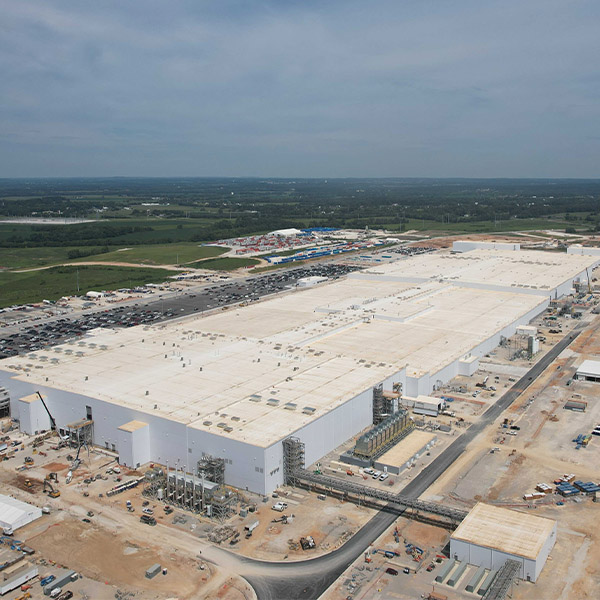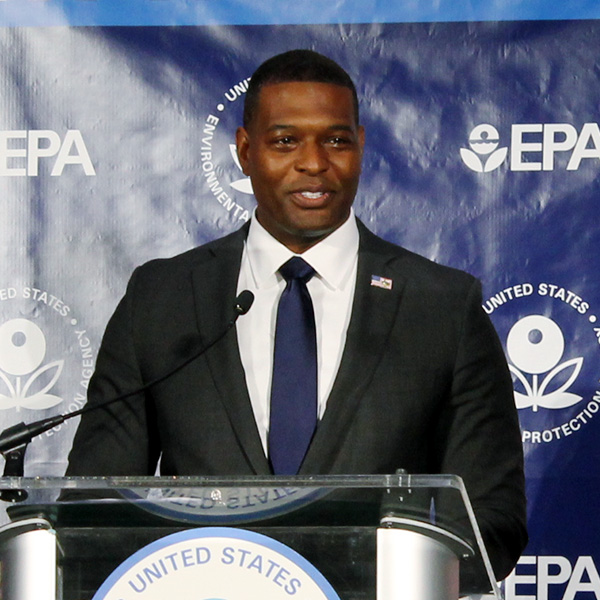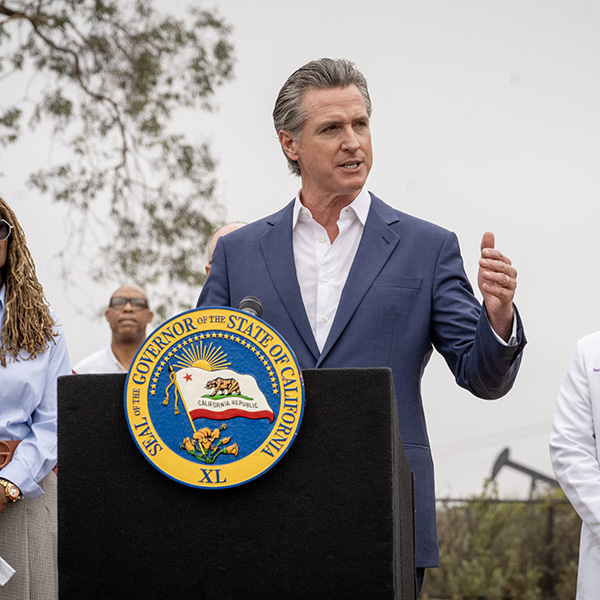Light-duty vehicles
New Jersey in 2025 faces the added uncertainty of a likely contentious governor’s race to replace clean energy champion Gov. Phil Murphy and his release of a new energy master plan.
DOE’s Loan Programs Office announced billions of dollars in loans for two joint ventures of car and electronics manufacturers aimed at building out a domestic battery supply chain and accelerate the rollout of new electric vehicles.
Just weeks before President-elect Donald Trump returns to the White House, the Biden administration has given California permission to enforce rules that require all new cars sold in the state to be zero-emission by 2035.
While 2024 brought notable success on state-level climate policy in Massachusetts, 2025 brings significant uncertainty regarding whether the change in federal administration will slow the momentum of the clean energy transition in the region.
California regulators approved a $35 million package of clean transportation incentives for fiscal year 2024/25, a steep drop in funding that is raising concerns about the fate of programs not funded by the package.
The California governor is convening a special session of the state legislature to take steps “to safeguard California values” — including the fight against climate change — ahead of president-elect Donald Trump’s second term.
Several clean energy industries were clear losers after former President Trump's reelection, and offshore wind and EV company stocks took hits the day after the election.
Both D.C. and Maryland have been working on rules to encourage and accelerate the installation of EV chargers, especially at multiunit dwellings and in low-income neighborhoods, as EV sales continue to grow steadily.
The Edison Electric Institute has ratcheted up its projections of U.S. electric vehicle adoption, and with it the number of charging ports and grid upgrades that will be needed.
The bills signed by the California governor cover rules around transmission approval, GETs, grid reliability standards and bi-directional EV charging.
Want more? Advanced Search










